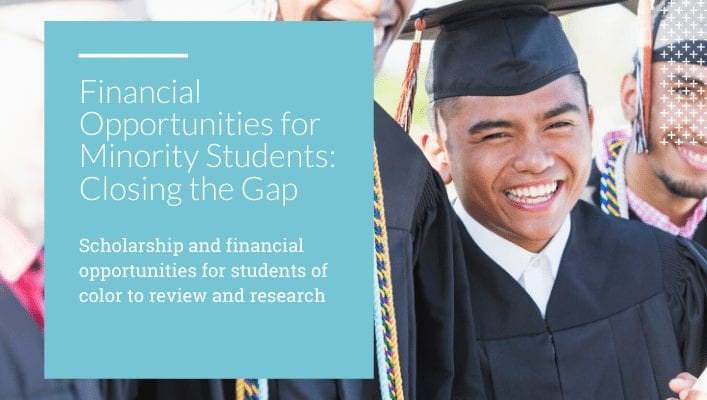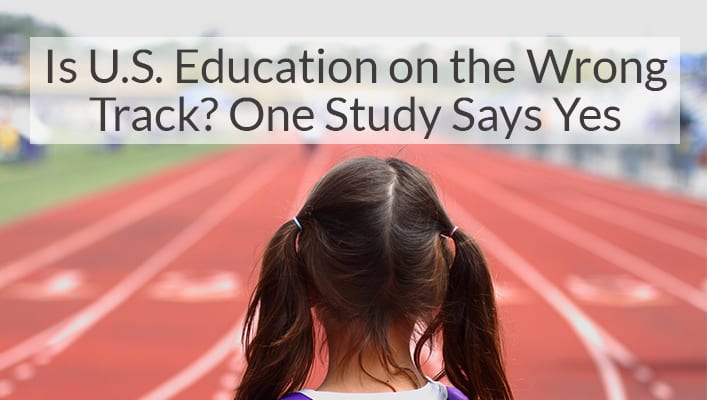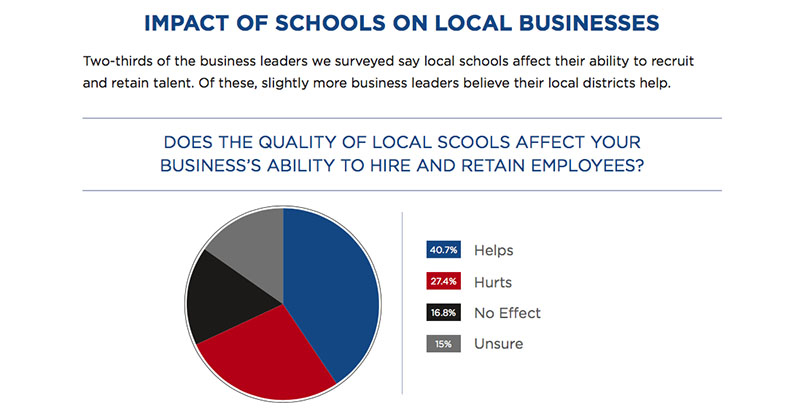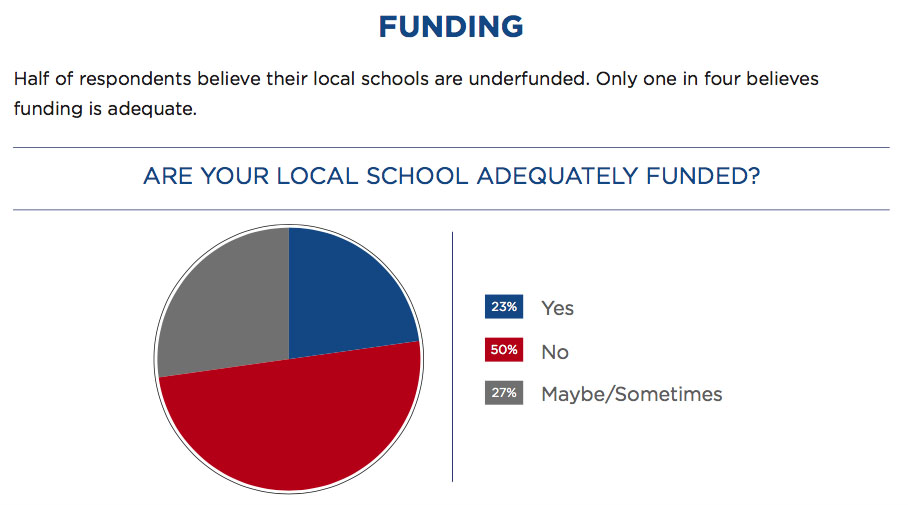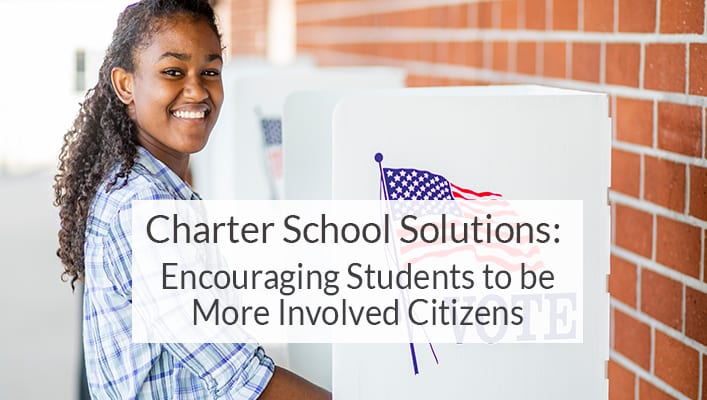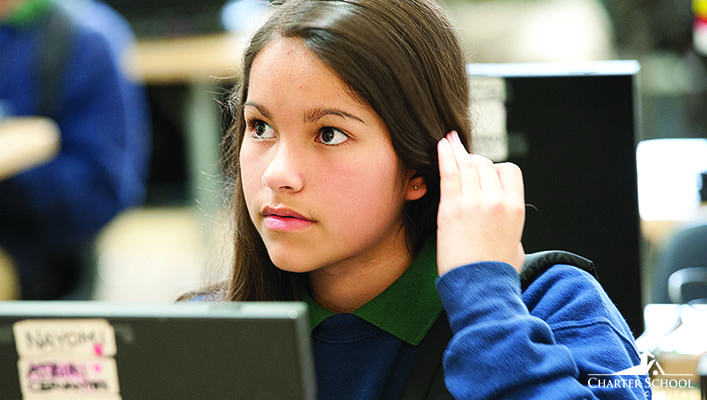We recently had the honor of having Dr. Poland speak to us for the second time this year – this time focusing on upcoming vaccines.
Titled “SARS-CoV-2 Vaccines: Principles, Prejudices, Pipelines, Porcupines, and Products,” Dr. Poland’s presentation gives a comprehensive view at the state of COVID-19 vaccines today, and what we can expect in the months to come.
Principles:
Dr. Poland sets the tone of his presentation by emphasizing that science has a rational and defined basis – it has to be free of political bias, it has to be peer-reviewed, repeatable and generalizable, agnostic to results.
Prejudices:
Dr. Poland addresses the massive political and economic conflicts of interest that are impacting global response to COVID-19.
Porcupines:
Here Dr. Poland speaks about public perception, transparency of research, and the cacophony of misinformation in public and social media. He cites the public harm done by press releases about hydroxychlorine as an example.
Products:
While there are multiple vaccines in development, there are no vaccines currently licensed in the U.S., and there is an uncertain regulatory pathway for them to reach mass distribution.
Ideal Vaccine Profile:
● Excellent safety profile
● Can be quickly mass-produced
● Is stable at room temperature (to avoid chain and transportation issues)
● Can be stored indefinitely
● Mass-administration mechanisms that do not require highly-trained health care providers
In the webinar, Dr. Poland describes the nature and function of frontrunner and up-and-coming vaccines.
Adenovirus-Vectored Vaccines:
- AstroZeneza
- Johnson Johnson/Jannsen
- Sputnik-V
- CanSino – d5
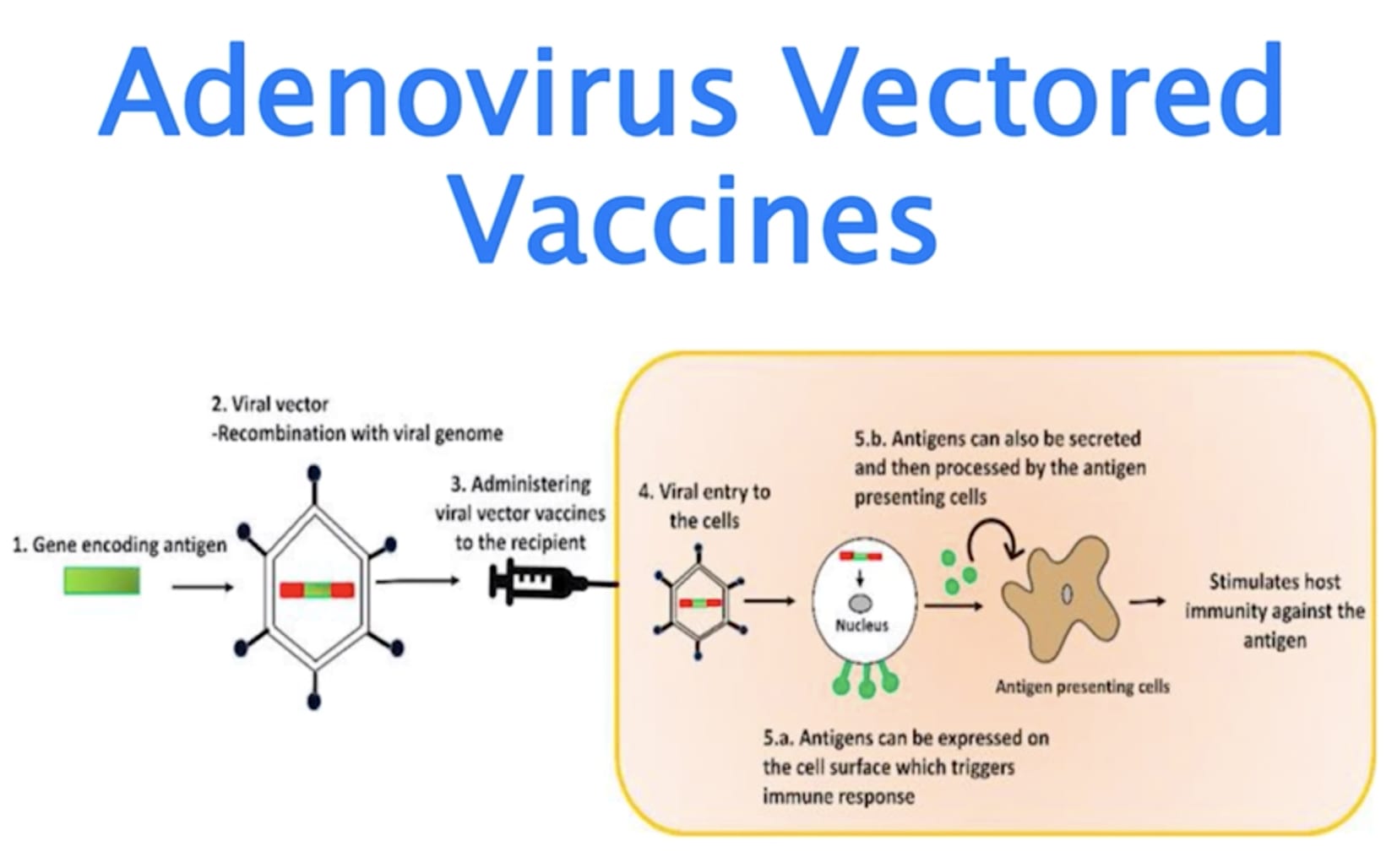
MRNA Vaccines
- Pfizer/BNT
- Moderna
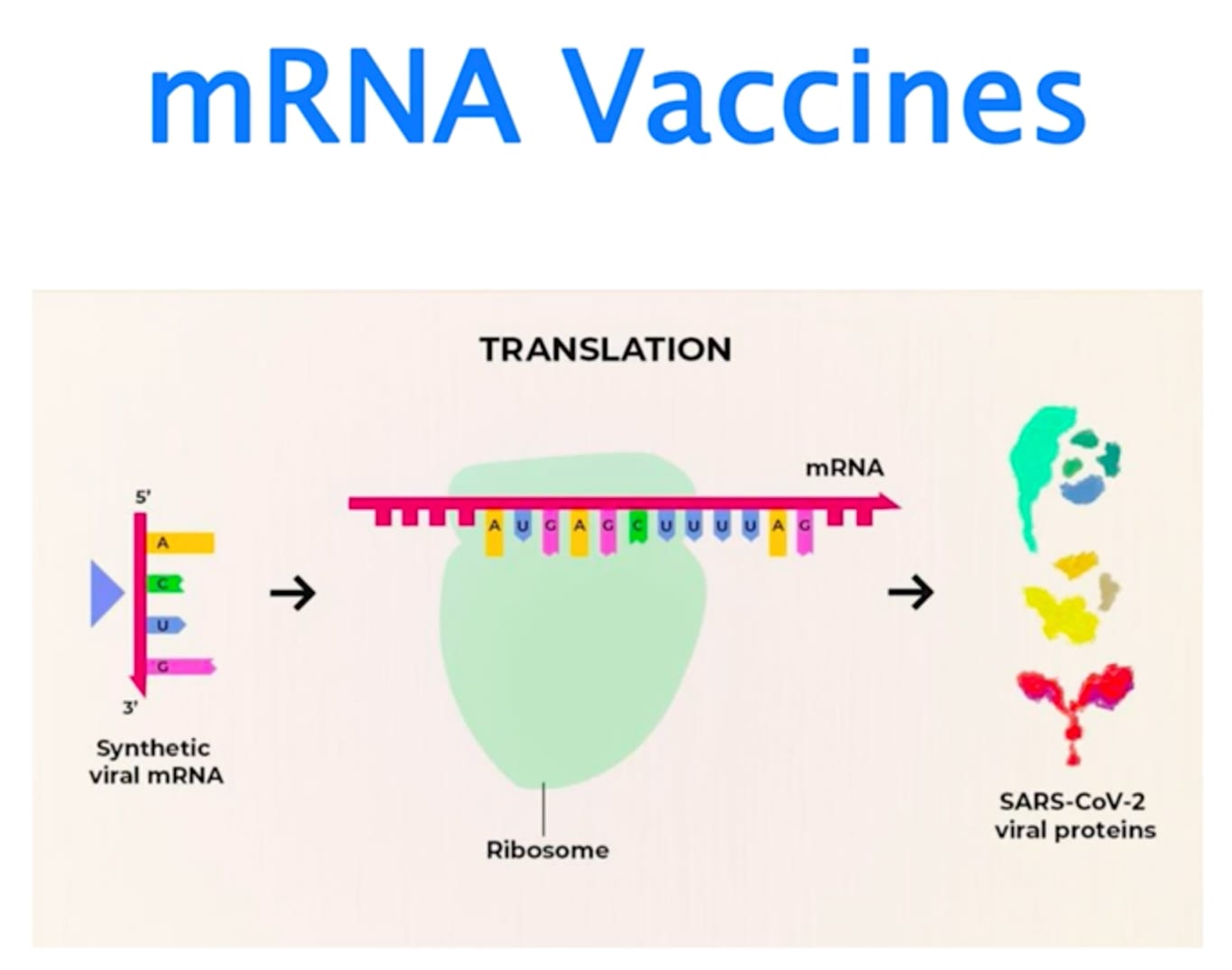
Up-and-coming Vaccines:
S-Protein Vaccines
- Novavax
- PittCoVacc
- GSK-Dynavax
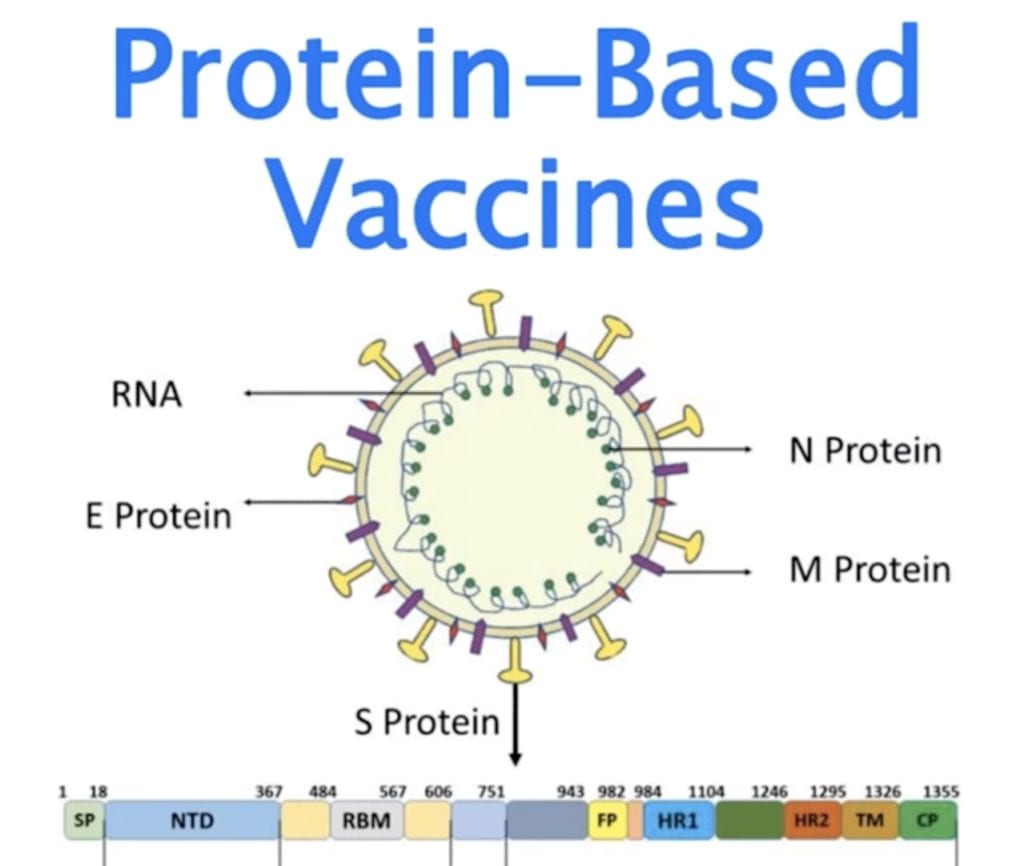
In the webinar, Dr. Poland compares the approach and potential efficacy of these vaccines in development, describes their effects on primates – including side effects and conditions, and their strong points and weaknesses in terms of potential mass production and distribution.
Dr. Poland addresses the recent Pfizer press release, with the widely-distributed claim of 90% effectiveness – sharing the several limitations and caveats behind this headline.
We invite you to watch the webinar, available here.
Virus Mutation
Dr. Poland addresses the recent headline from Houston News about the virus mutation. The strain medical practitioners are encountering currently is labeled D614G – a different strain than the original virus. While this new strain does not bring with is increased mortality, it has different behaviors that influence treatment.
Additionally, continuous mutation of the virus may make it a moving target, limiting the efficacy of developed vaccines. This may prove a key factor in getting the pandemic under control.
Human Behavior
Sadly, human behavior is a major factor in controlling this health crisis. The reluctance of the American public to socially distance and/or wear masks creates a major challenge. Dr. Poland attributes this behavior to the fact that the U.S. is driven by a “me” culture rather than a “we” culture. To some people, it is inconceivable that they be slightly inconvenienced in order to protect public safety. In Asian cultures, such behavior does not occur, because of social pressors that drive empathic/selfless conduct.
Stuart Ellis, CEO of Charter School Capital, talks also about the challenges caused by contradictory sources of information, offering conflicting views. Dr. Poland offers a humorous view of this, saying that his approach is, “what does your grocery store clerk think of your health condition? What does your mechanic think of your health condition?” – which of course prompts the reaction, “why would I ask HER?” – and that is the whole point. Why would one look to Fox News, or some pundit, as a reliable source of health information, over sources such as the CDC or the FDA. Dr. Poland further suggests one look at academic and clinical sources such as the Mayo Clinic or Harvard University.
Tensions
Dr. Poland speaks about the tension of speed vs. safety in terms of bringing vaccines to market. Vaccines often have side effects, and the severity of the side effects and the percentage of patients such side effects may affect, are key factors in the decisions of approving, mass-producing and distributing a vaccine.
While this is a quick summary, we encourage you to watch the full webinar. It provides highly-valuable information which will bring you much-needed certainty, from a reputable, highly-trustable source.
